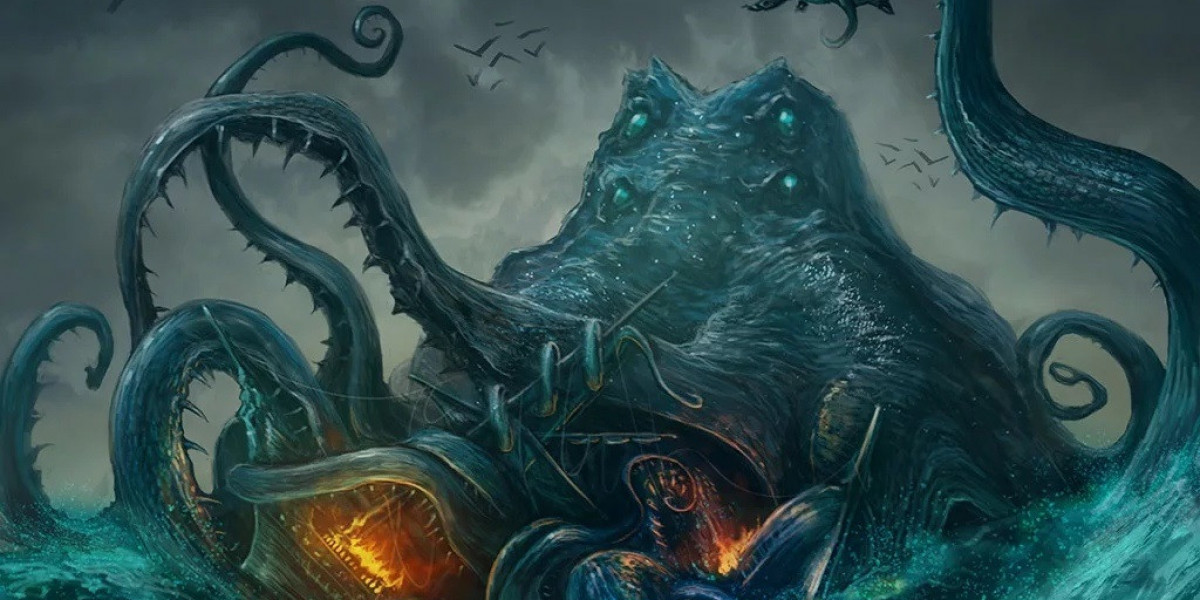In today’s digital world, animated content has become a key tool for communication, entertainment, marketing, and education. From classic cartoons to modern marketing campaigns, one technique continues to stand the test of time—2D animation. But what is 2D animation, and why is it still so widely used in 2025?
In this guide, we’ll explore the foundations of 2D animation, how it's evolved from traditional 2D cel animation into a dynamic digital craft, and why it's the go-to medium for everything from entertainment to ananimated explainer video. We’ll also look at the role of animation studios in Toronto, a global hub of animation innovation.
What Is 2D Animation?
2D animation is the art of creating movement in a two-dimensional space. It involves drawing and sequencing flat images (with height and width but no depth) to simulate motion. Whether it's a dancing character, a flying bird, or a walking stick figure, 2D animation brings drawings to life in a smooth, visually engaging way.
Traditionally, 2D animation involved thousands of hand-drawn images shown in rapid succession. Today, artists use software to animate digitally, but the fundamental principles—timing, spacing, squash and stretch, anticipation—remain the same.
2D animation is used in:
TV shows and films (e.g., The Simpsons, Avatar: The Last Airbender)
Web series and YouTube content
Mobile apps and games
Educational platforms
Marketing content like explainer videos
The History and Legacy of 2D Cel Animation
To truly understand what is 2D animation, it’s important to look back at 2D cel animation, the traditional method that shaped the animation industry for decades.
2D cel animation refers to a technique where each frame of an animation is drawn by hand on a transparent sheet of plastic called a “cel.” These cels are layered over static backgrounds and photographed in sequence to create a full animation. This painstaking process was the gold standard for major studios like Disney, Warner Bros., and Studio Ghibli for much of the 20th century.
Some iconic examples of 2D cel animation include:
Snow White and the Seven Dwarfs (1937)
Akira (1988)
The Lion King (1994)
Though cel animation is rarely used today due to the efficiency of digital tools, its influence is undeniable. Many animators and animation studios in Toronto still adopt cel-style aesthetics in their modern digital work to evoke nostalgia and craft a more handcrafted feel.
The Shift to Digital: 2D Animation in the Modern Era
Thanks to advancements in software like Adobe Animate, Toon Boom Harmony, and After Effects, 2D animation is now more accessible and scalable than ever. Artists can create complex, high-quality animations with fewer resources and in less time compared to traditional cel animation.
Modern 2D animation offers:
Faster production timelines
Easier revision and editing
Integration with audio and voiceovers
Compatibility with other media formats (e.g., AR, web animation)
This evolution has opened doors for new types of animated content—especially in the business world.
The Role of 2D Animation in Business: Animated Explainer Videos
One of the most popular uses of 2D animation today is the animated explainer video. These short, engaging videos are designed to explain a concept, product, or service in a simple and visually appealing way. They are widely used by startups, tech companies, e-learning platforms, and even government agencies.
Why use a 2D animated explainer video?
Cost-effective: More affordable than 3D animation or live-action.
Quick to produce: Perfect for tight marketing timelines.
Versatile: Works across social media, websites, presentations, and ads.
Memorable: Simple visuals combined with a clear voiceover improve retention.
Animation studios around the world, including leading animation studios in Toronto, are producing thousands of animated explainers annually to help brands stand out and connect with their audiences.
Why Toronto Is a Global Hub for 2D Animation
When we talk about top animation destinations, cities like Los Angeles and Tokyo often come to mind. But in recent years, animation studios in Toronto have risen to global prominence, delivering high-quality 2D animation across various industries.
Why are Toronto studios in demand?
World-Class Talent
Institutions like Sheridan College and Seneca are producing some of the best animation graduates in the world.Government Support
Canada offers tax credits and funding incentives for digital media projects, making Toronto attractive for clients and creators.Cultural Diversity
Toronto’s multicultural environment fosters unique, global storytelling perspectives.Proven Track Record
Studios in Toronto have worked with Netflix, Disney, PBS, and many international brands to produce award-winning content.
Whether you’re a startup looking for an animated explainer video or a filmmaker seeking stylized 2D storytelling, animation studios in Toronto offer creativity, experience, and technical precision.
Tips for Creating Compelling 2D Animated Content
Thinking of creating your own 2D animation project? Here are some tips to get started:
Start with a strong script: Whether you're telling a brand story or explaining a process, clarity and structure are key.
Keep visuals simple and focused: Don’t overcrowd your scenes. Minimalism helps communicate messages clearly.
Use a consistent style: Fonts, colors, and character designs should align with your brand or narrative tone.
Work with professionals: If budget allows, partner with an experienced animation studio for best results.
Incorporating touches of 2D cel animation or cute animation ideas—like animated mascots or expressive character gestures—can elevate your project and engage viewers more deeply.
Final Thoughts
What is 2D animation in 2025? It’s a dynamic blend of traditional artistry and modern technology. Whether you’re watching a nostalgic cartoon, a product explainer, or a viral YouTube short, chances are 2D animation is behind the magic.
While traditional 2D cel animation has given way to digital methods, its influence lives on in the way artists approach movement, storytelling, and style. And with the rising demand for animated explainer videos, 2D animation continues to play a powerful role in education and marketing.
If you're planning your next animation project, consider collaborating with one of the many talented animation studios Toronto. From character design to voiceover integration, these studios are setting the standard for world-class 2D animation production.
Ready to tell your story through animation? Choose 2D—where creativity, clarity, and charm come together to captivate audiences of all kinds.








